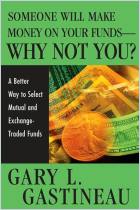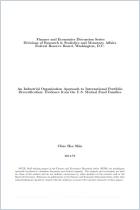Join getAbstract to access the summary!

Join getAbstract to access the summary!
Robert Pozen and Theresa Hamacher
The Fund Industry
How Your Money Is Managed
Wiley, 2011
What's inside?
You don’t have to be a financial expert to understand mutual funds.
Recommendation
While mutual funds are the most popular investment vehicles in the United States, few investors know how they work, what they cost and how to choose among them. If you’re among the billions of people investing through mutual funds, you should learn more about how fund companies manage your money, how they make their large profits and what expenses the fees they charge cover, all of which affect your bottom line. Fund management experts Robert Pozen and Theresa Hamacher work on fixing this educational gap by presenting a comprehensive textbook on the fund industry. The authors excel in providing details of daily fund operations, portfolio investing, new investment products, financing, fund sales and global investing. But they come up against a problem: Some of their content is too esoteric for the average investor and is better suited to fund industry professionals. Nonetheless, getAbstract highly recommends this expert guide to financial executives seeking an operating handbook to the fund industry and to seasoned investors looking to get a better grip on this lucrative industry.
Summary
About the Authors
Robert Pozen is chairman emeritus of MFS Investment Management and a senior lecturer at Harvard Business School. Theresa Hamacher is president of the National Investment Company Service Association (NICSA).






















Comment on this summary